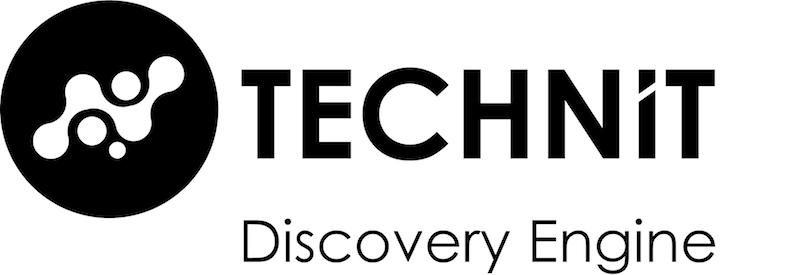
The purpose of a Planning Meeting is to discuss and determine two things: What will be done in a specific timeframe and how it will be done. Here’s how you do it:
3 Easy Steps
- Divide the Meeting into two parts.
- In the first part, decide on “WHAT” you will be doing in a specific time frame. What are the top priorities that you’ll be working on? Usually, those top priorities are coming from roadmaps, customers or managers. Make sure before the meeting that everybody knows the product roadmap and is aligned on priorities.
- Decide on “HOW” you will be doing “the WHAT”. Now that you have successfully decided on “What to do next” you will have to create work packages. The work packages could be stories or use cases. Make sure you write those down in your task boards and don’t forget to add acceptance criteria for each. Acceptance criteria will help you determine when a task is finished. Discuss the “how” with your team members. Finally, you’ll have to estimate the work packages. A couple of suitable methods are t-shirt sizes, relative or magic estimation techniques.
Sometimes it helps to split the two parts into two different meetings. In which case one meeting would be the “What”-Planning Meeting. The other meeting, or part two of the Planning Meeting is often called a “Refinement-Meeting”. If the tasks ahead are complex, it’s good to do a little bit of research on how to do it before you’ll conduct the Refinement Meeting to brainstorm creative ideas.
Don’ts of A Planning Meeting
You have to be really really really on top of things so that other meeting participants don’t start mixing the two parts. There’s a reason why we split the meeting into two parts: to gain focus and not go forth-and-back between the questions “what” and “how”. If we mix the two parts it’s extremely frustrating and hard to follow for participants. They will quickly stop listening and participating. And this is the last thing you need in a planning meeting.
Do’s of A Planning Meeting
Visualize! Visualize as much as you can. This helps you paint a picture of what lays ahead. It can help you in either part of the Planning Meeting. Without visualising it will be extremely difficult to get to a mutual understanding of work ahead, which is the sole purpose of a Planning Meeting.
Photo by Jakob Braun
